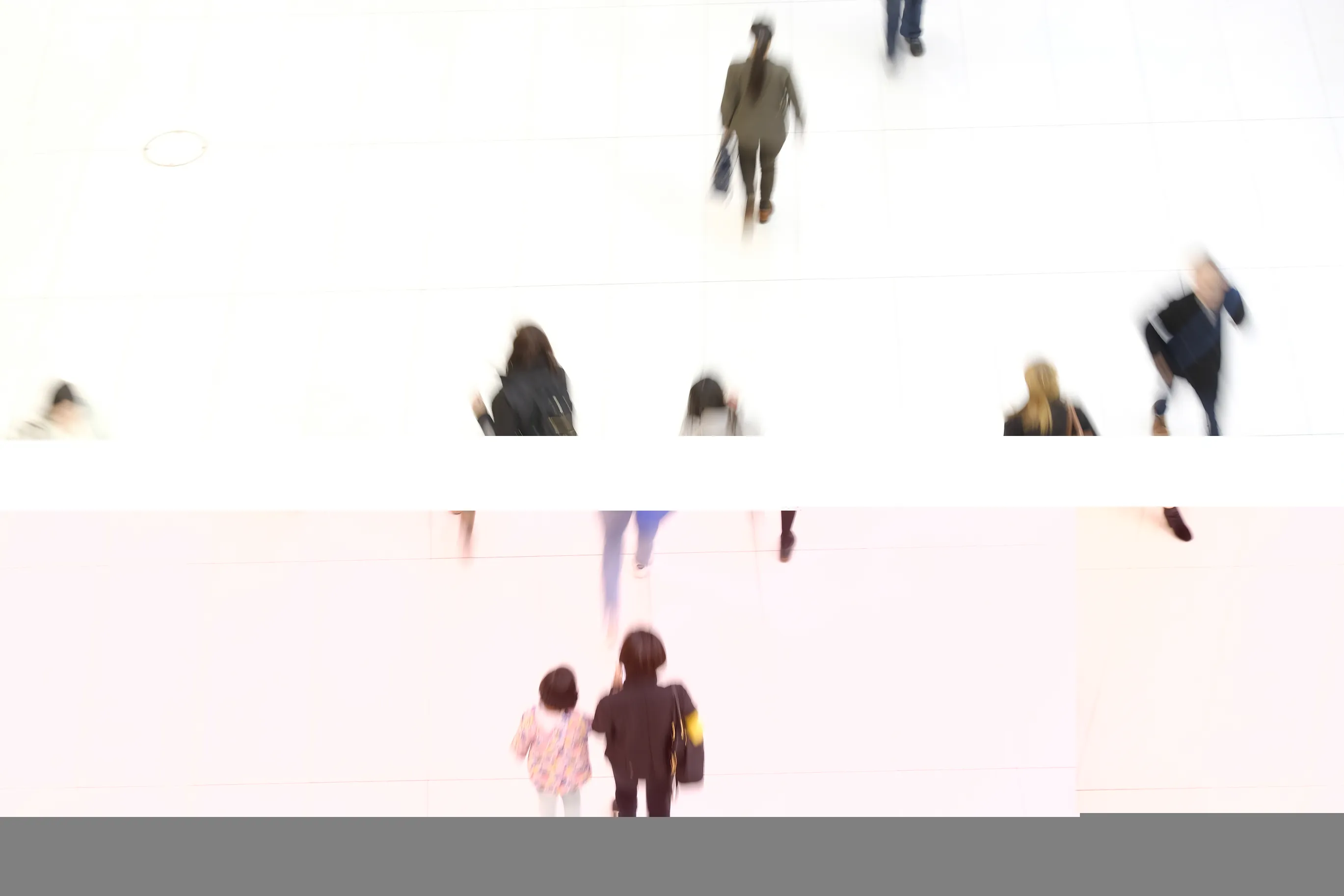Traffax has launched BluFax, based on the globally ubiquitous Bluetooth digital communications protocol, which operates by detecting the MAC addresses of Bluetooth signals from passing cars.
February 6, 2012
Read time: 2 mins

Traffax says Bluetooth address matching can be used for a number of applications including measurement of travel times on both freeway and arterial roadways, measurement of origin-destination patterns, and tracking of pedestrian flows. Since it directly measures travel times and space-mean speeds, Traffax claims BluFax is one of the few technologies that offers the ability to accurately measure arterial travel times. The company says that demonstrated detection rates exceeding five per cent of the total traffic stream, yield sample sizes adequate for reliable measurement of arterial flows.
There are two versions of the Traffax BluFax unit. An off-line version is offered that stores its measurements on removable storage media for subsequent processing. This device is typically used for traffic studies, performance measurement and validation of other data collection techniques. It is self-powered and requires no communications.
A real-time version is also offered that continuously transmits the MAC addresses and detection times of passing vehicles to a collection site for continuous processing. The real-time unit is used for such applications as display of travel times on variable message signs, and data inputs to 511 telephone systems.









